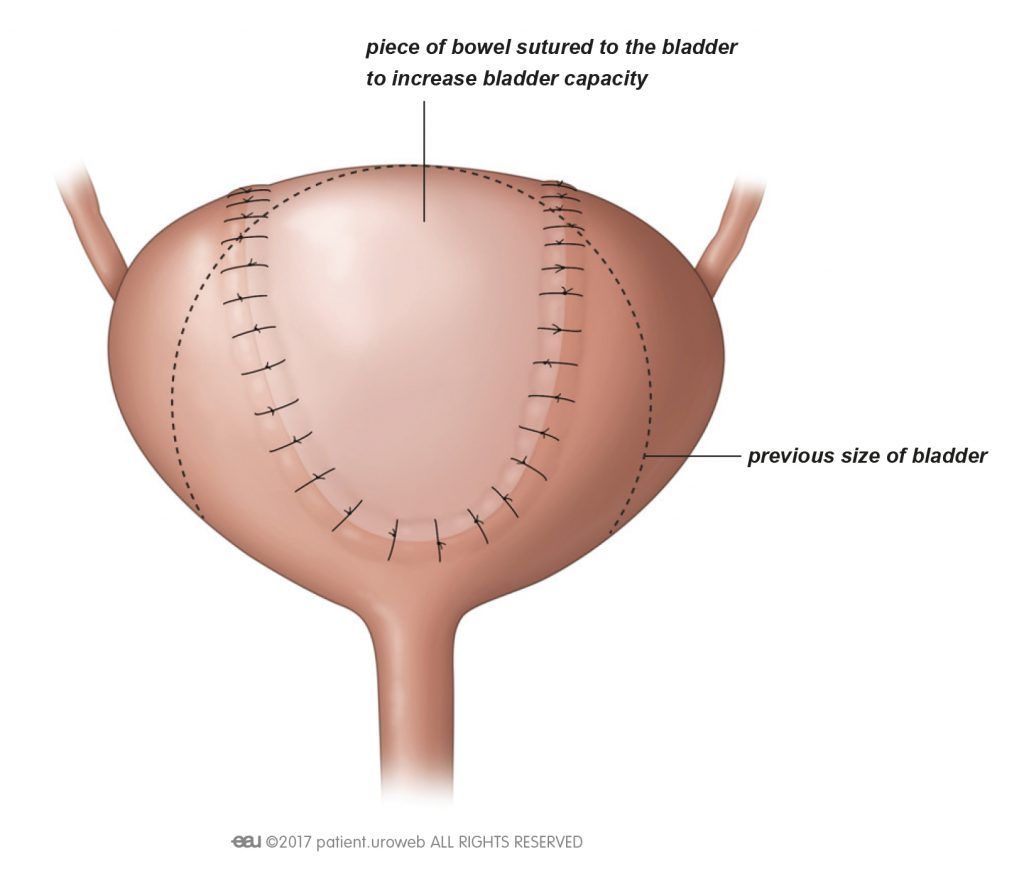
Treatment options for urinary incontinence


Sometimes, conservative or pharmacological treatments may not improve urinary incontinence. In such cases, other treatment options are available. Together with your doctor, you can decide which approach is best for you, considering the potential benefits and side effects of each option.
Surgical treatment options for urgency urinary incontinence include:
- Bladder wall injections: A substance is injected into the bladder wall to prevent involuntary contractions.
- Nerve stimulation (neuromodulation): Electrical pulses are used to stimulate the sacral nerves, which control bladder function.
- Bladder enlargement surgery: This is typically a last resort when all other treatments have failed, and it is rarely performed today. If recommended, it is essential to discuss its potential side effects and implications with your doctor, as they can be significant.
Surgical treatment options for stress urinary incontinence include:
- Suburethral slings: A sling is placed under the urethra to support it.
- Bulking agents: A substance is injected into the urethra to increase its resistance.
- External compression devices: Devices designed to compress the urethra and prevent leakage.
Second-line treatment for urgency urinary incontinence
Sometimes, self-management or prescribed medications do not improve urgency urinary incontinence (UUI). In such cases, alternative treatment options are available, and you can decide the best approach with your doctor.
Common second-line treatment options for UUI include:
- Bladder wall injections
- Nerve stimulation (neuromodulation)
- Surgery to enlarge the bladder
Bladder surgery
If symptoms do not improve with medication or other treatments, bladder surgery may be required to increase the bladder’s capacity. This procedure helps reduce pressure in the bladder, allowing it to hold more urine.
During the procedure, the doctor makes an incision in the lower abdomen and uses a section of the bowel to enlarge the bladder. This surgery is called bladder augmentation or cystoplasty and is rarely performed today. If it is recommended, you should thoroughly discuss the potential risks and side effects with your doctor.

Click on the relevant treatment option below for more information:
References:
EAU Patient Information | UI Page | July 2020. UROWEB

